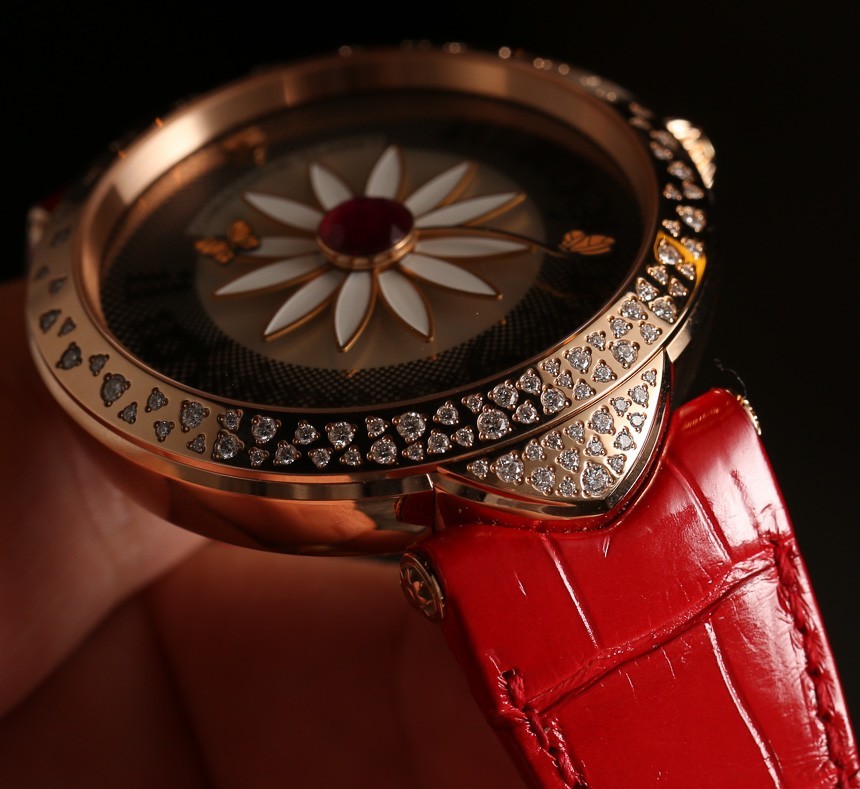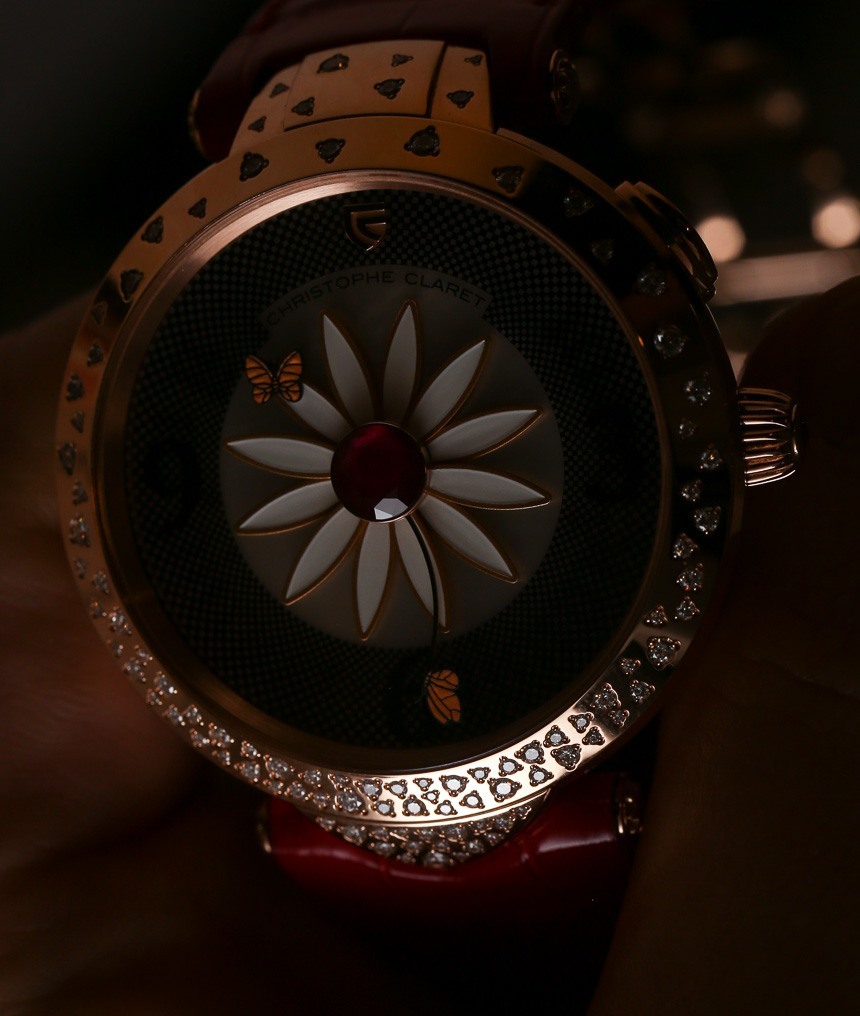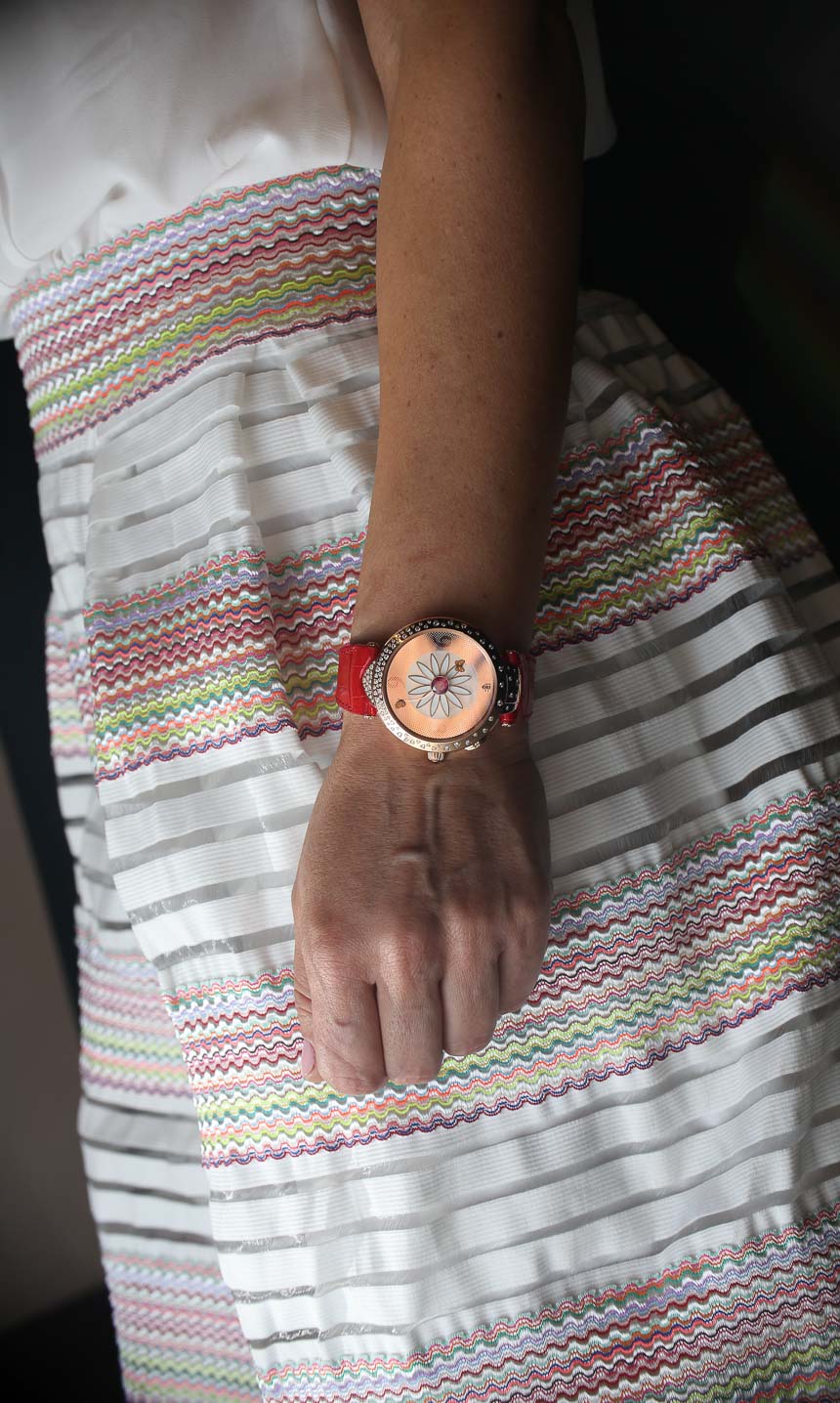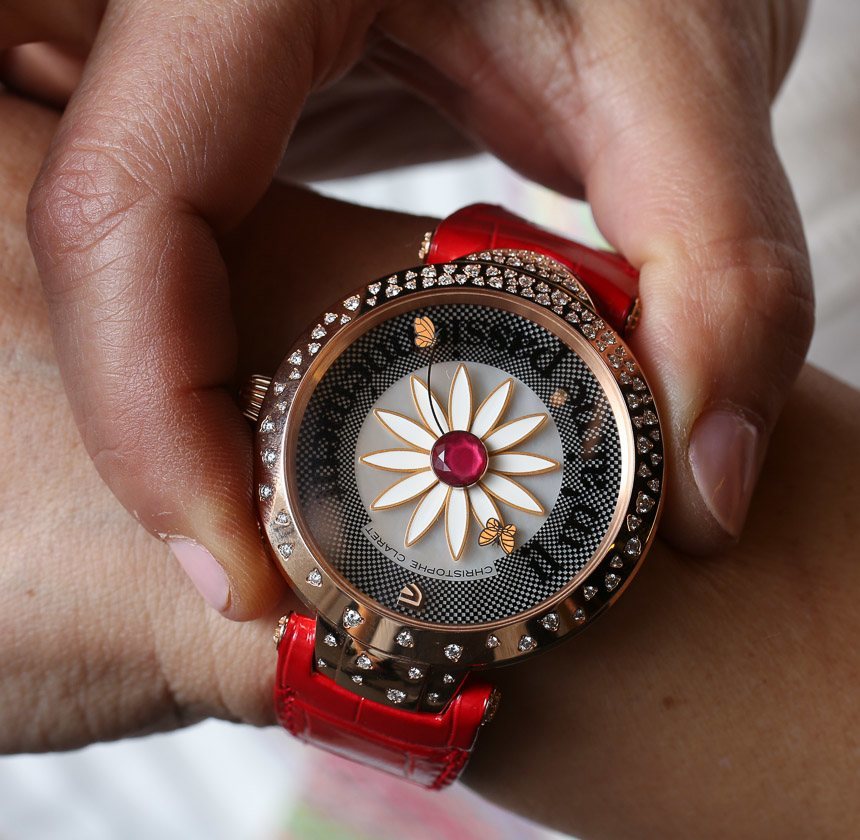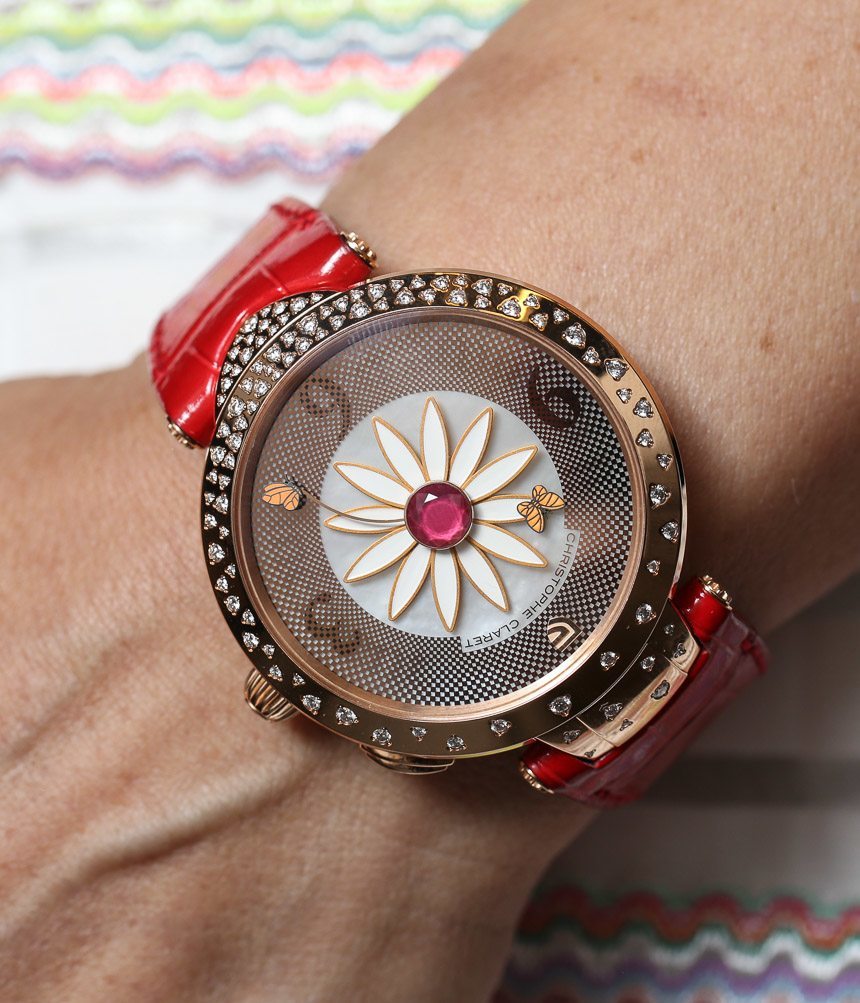
To love it or to love it not? Since the introduction of the two Christophe Claret ladies’ timepieces that are named after the same French Queen – the Margot and the Marguerite – I have been holding off on writing an honest opinion piece about them. As a woman who has written about ladies’ timepieces for a long time now, I was part of the late 1990s and early 2000s chorus of voices complaining that women’s watches were simply smaller versions of men’s watches, that we were an afterthought, not worthy of our own dedicated collections, and that there was something horribly wrong with that.
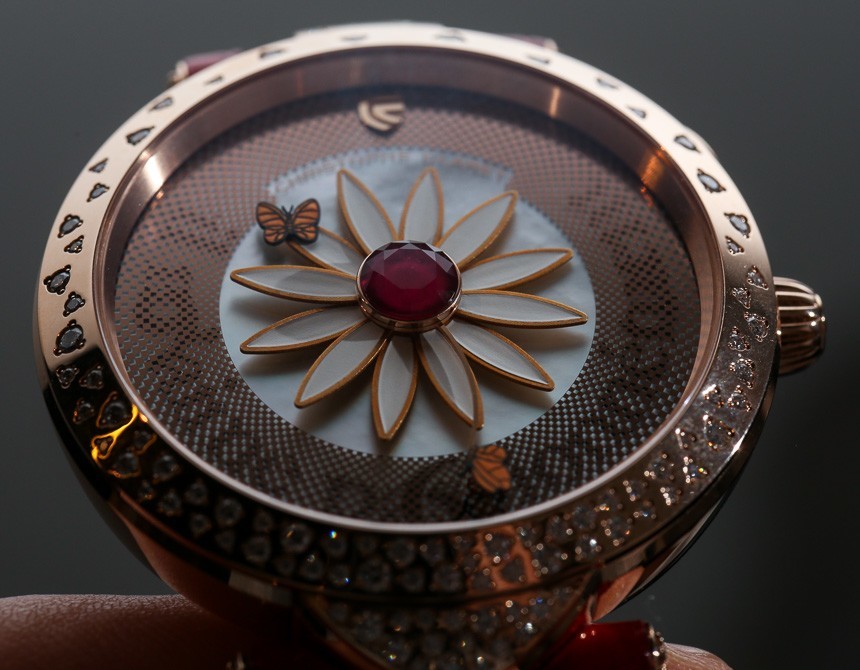
I regularly quoted an industry executive who once quipped: “if there is one thing we know for sure, it is that women are not just smaller versions of men,” a clever quote that I relied on repeatedly to support the widespread notion that women wanted something different in a timepiece, not just a scaled down version of a men’s model. However, I increasingly found the industry’s response to this reproach somewhat jarring. A phalanx of aggressively cutesy designs ensued, and a new aesthetic emerged in ladies’ timepieces: dials decorated with flowers, butterflies, birds, and bumblebees, mostly attached to pink straps.
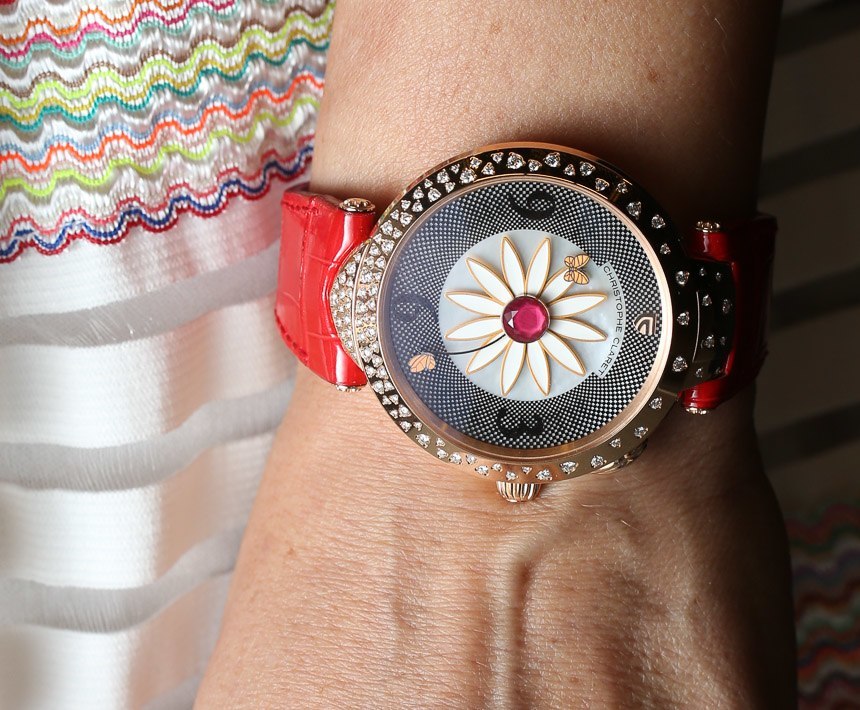
In real life, I have nothing against these charming creatures, but in a watch, I have come to feel very strongly after all these years that I would, in the end, simply prefer a smaller version of a men’s watch. The cutesy formula was born at the tail end of the quartz era, when there was nothing special inside the watch and so the design of the dial and strap meant everything. Since the mechanical revolution, however, the emphasis has shifted to the inside of the watch, and the ladies were left behind in the dust with the bumblebees and the butterflies. Not for us are the mighty tourbillons, constant-force escapements, and micro-rotor-driven chronographs, and now I find myself asking, somewhat sheepishly – could we just have a scaled-down version of that? The new answer to the question “What do women want?” is this: We want high watchmaking, just like the boys.
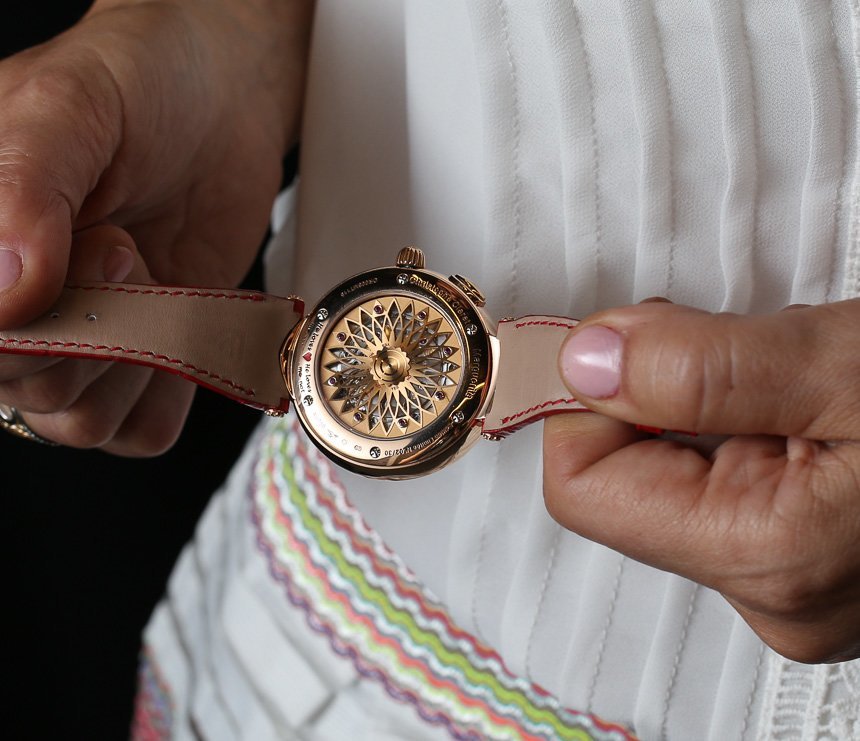
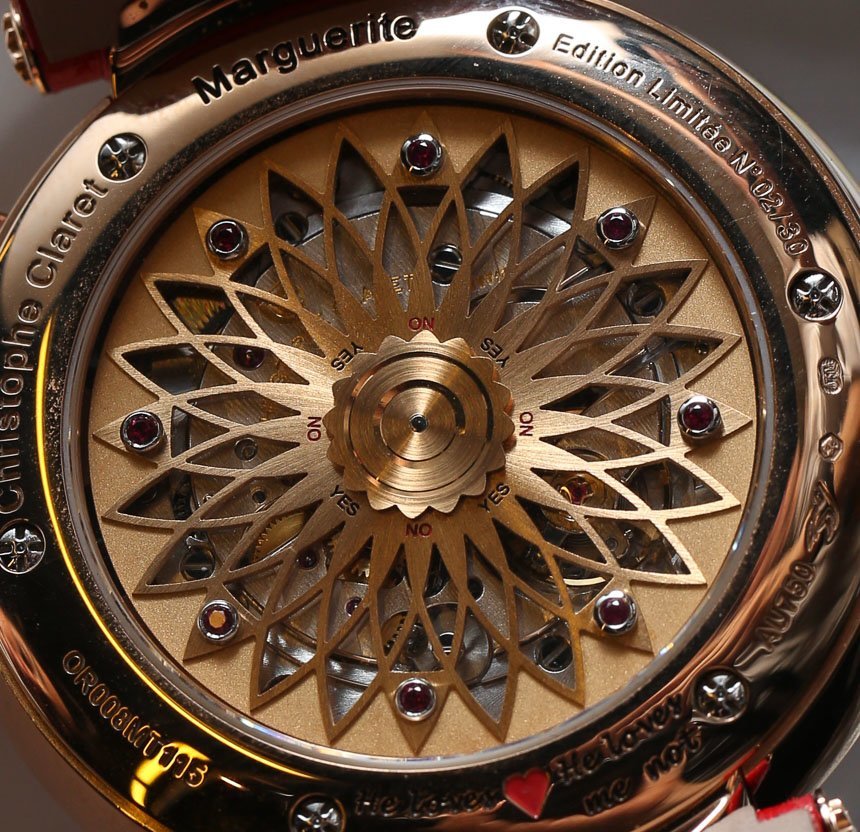
And that brings me back to Christophe Claret. Despite my initial gut reaction, I am willing to forgive the floral motifs of both the Christophe Claret Margot (hands-on here) and the Marguerite for the following reasons. First, the watches were created by one of the era’s most inventive, respected watchmakers, and because the flowers are functional. They are driven by a unique mechanical movement that uses them to indicate something, even if it is just a girl’s silly game about whether or not her boyfriend loves her.
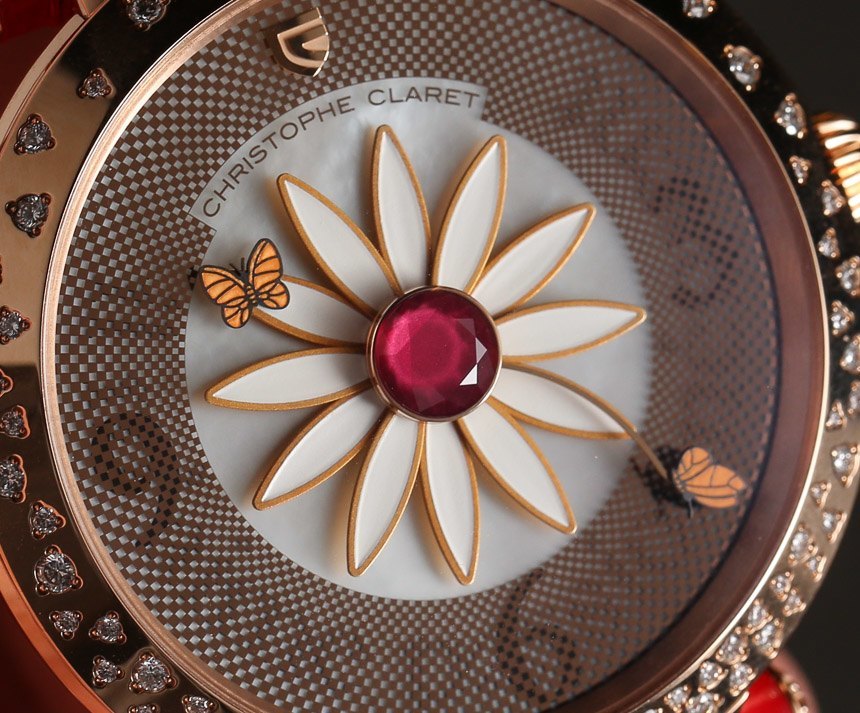
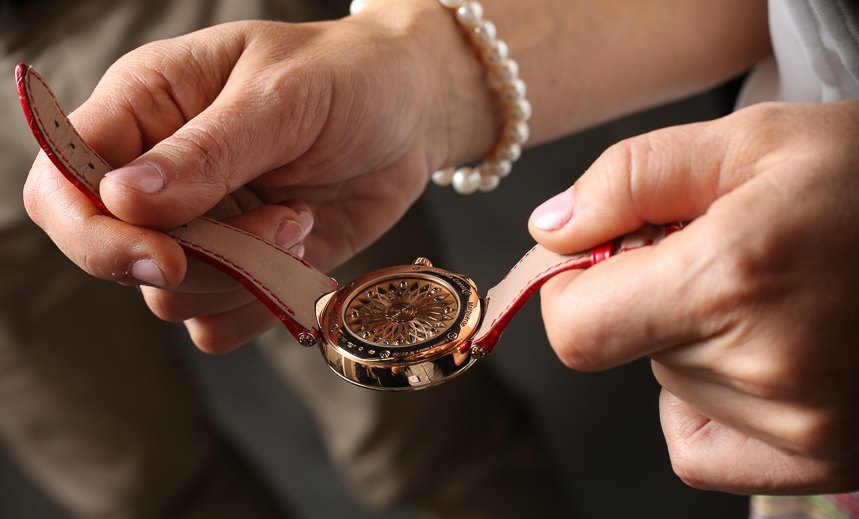
The brand refers to the Christophe Claret Marguerite and Margot on their website as “far from being a simple variation of men’s watches,” but in fact, that is exactly what they are if you consider that they are an extension of Claret’s collection of gaming watches. Men get poker (hands-on with the Christophe Claret Poker watch here) and Baccara – gaming functions attached to a repeater mechanism, which is exactly what the ladies get, with just a different game (although I’d love to have seen just a Baccara watch dressed with diamonds and a mother of pearl dial, and maybe gem-set dice). Still, you have to admit that what Christophe Claret has done is mechanically innovative, and it’s dedicated to women. And so, after initially being discouraged – I daresay even revolted – by the daisies and butterflies that dominate the dials, I have emerged after some deep thought with a measure of respect for both the timepieces and the watchmaker.
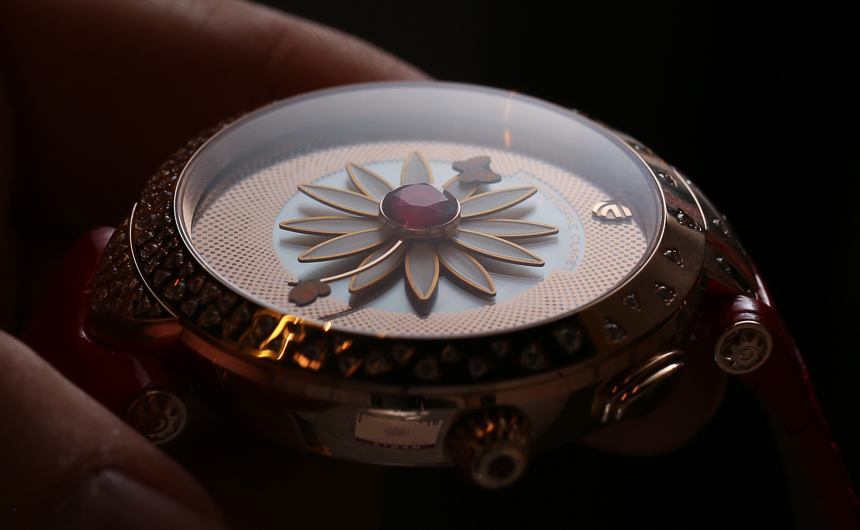

Here’s how they work: When the repeater function of the first watch in the collection, the Christophe Claret Margot, is activated, a petal or two is “plucked” from the dial at random. At the end, one of five sentiments appears in a window on the dial: he loves me a little (un peu); very much (beaucoup); passionately (passionnément); madly (à la folie); or not all all (pas du tout). This year, the brand followed up with the Christophe Claret Marguerite, which carries the theme but not the chime.
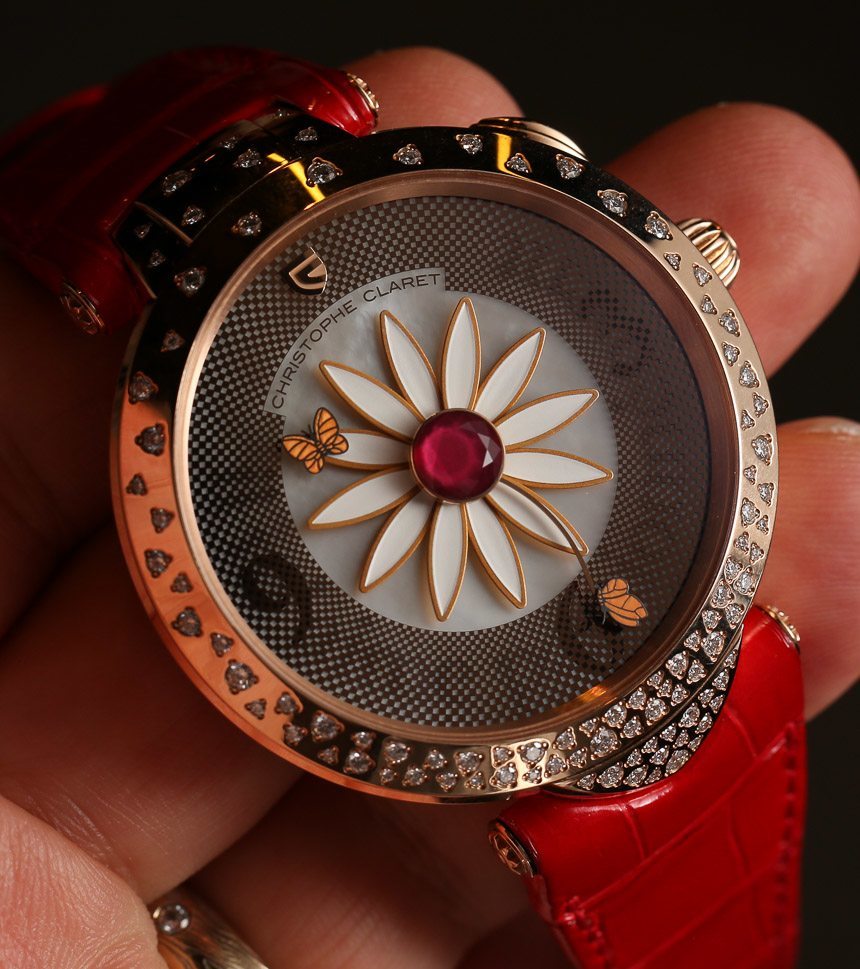
The inner dial is designed as a daisy, which rotates to tell time, using butterfly-motif hour and minute hands. The phrase “He loves me, he loves me not” appears on the dial at the press of a button. The Christophe Claret Marguerite is essentially the affordable ($72,700) version of the Margot ($205,500), and that difference is also symbolic. Both are named after Queen Marguerite of France, daughter of King Henry II of France and Catherine de Medici. She was called Queen Margot during her rule (from 1553 to 1615), but Marguerite was her youthful name.
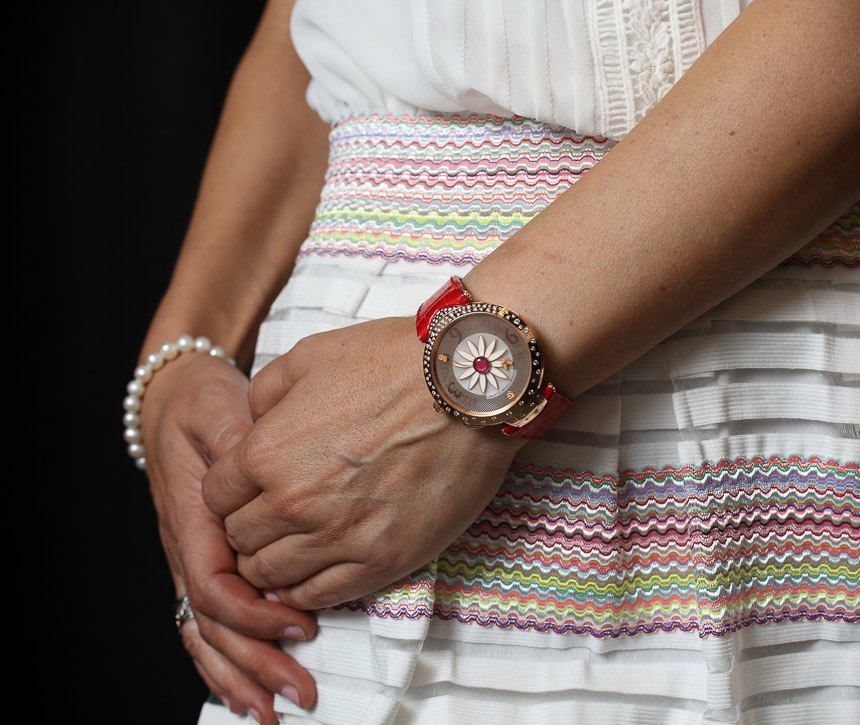
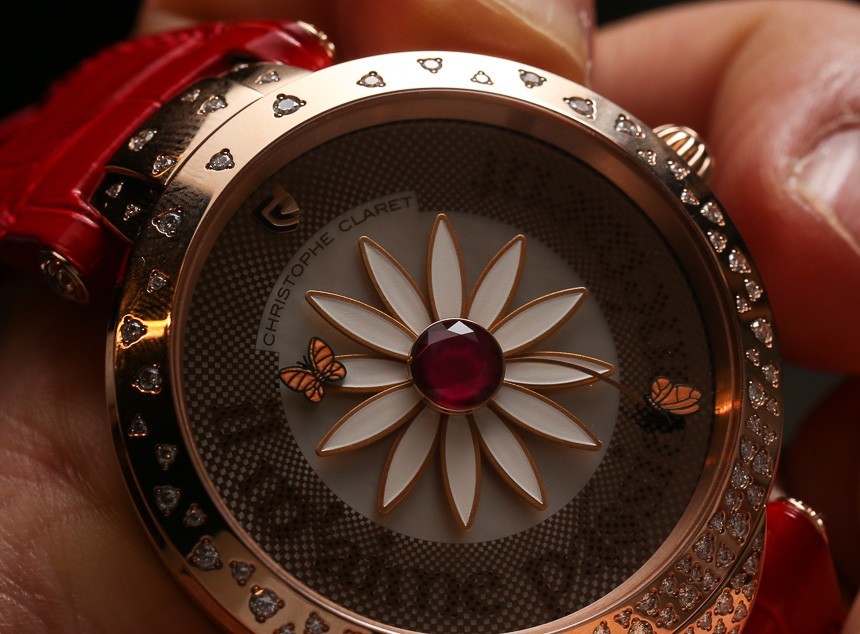
A pusher at two o’clock on the case of the Christophe Claret Marguerite causes a shift in the dial that replaces the numerals with the French phrase: “il m’aime passionnément” (he loves me passionately). This is achieved with a rotating sapphire disk with tiny windows that reveal either the inscription or the numerals printed on a disk underneath. There are two options, one with what Claret terms the flocon (flake) setting, with diamonds spaced out over the surface of the case to resemble snow falling from the sky. The other is “champagne-set,” with the diamonds set closer together in a greater concentration on the lower part of the dial and then becoming more spaced out toward 12 o’clock, like champagne bubbles rising in a glass.
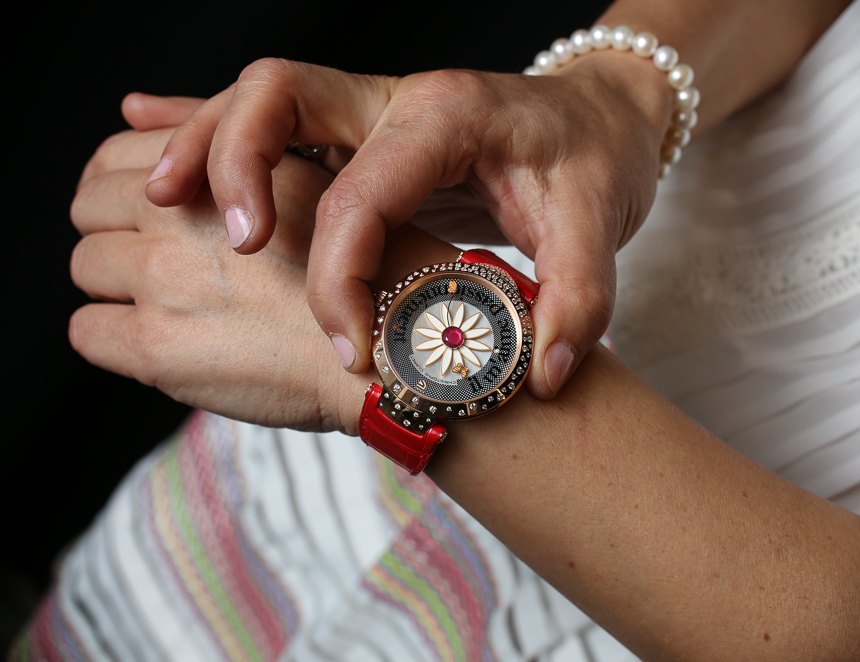
The Christophe Claret Marguerite contains the in-house-made automatic 4Hz (28,800 bph) Caliber MT115, with two barrels and a 72-hour power reserve. The case, measuring 42mm by 12.07mm thick, is 18k white or 18k rose gold, set with diamonds. The center stone is a ruby on the rose gold version and a sapphire on the white gold version. The petals are painted with white lacquer. The price is $72,700, and it is limited to 30 pieces per option. christopheclaret.com

